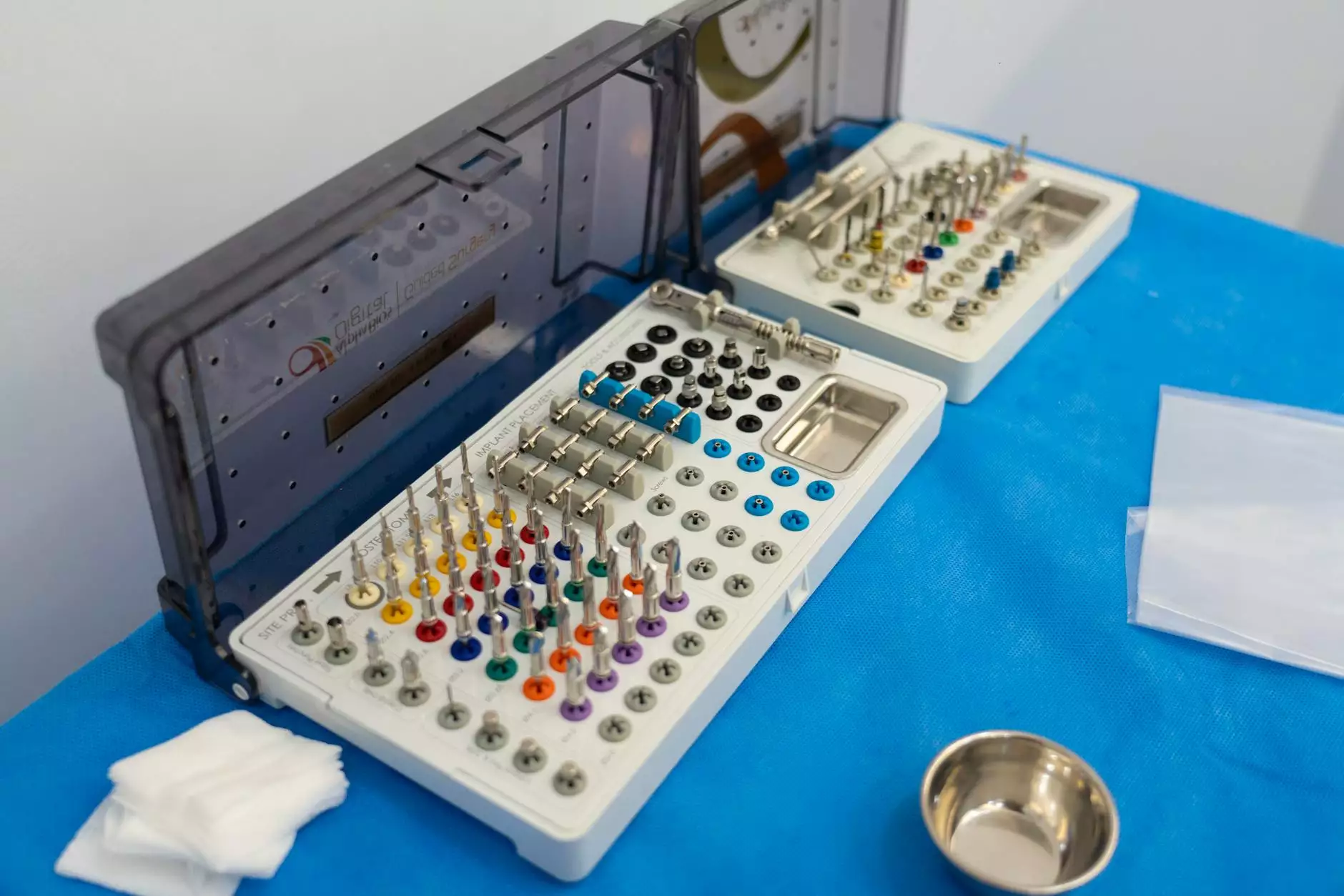Understanding VATS Lung Surgery: A Comprehensive Guide

Video-Assisted Thoracoscopic Surgery (VATS) lung surgery represents a significant advancement in the field of thoracic surgery. This minimally invasive approach has transformed surgical procedures related to the lungs, making them safer, less painful, and allowing for quicker recoveries. In this extensive guide, we will delve deep into what VATS lung surgery entails, its benefits, the procedure, recovery, and much more.
What is VATS Lung Surgery?
VATS lung surgery is a surgical technique that allows doctors to access the chest cavity with minimal incisions, using a video camera and specialized instruments. This technique is primarily utilized for diagnosing and treating various lung diseases, including lung cancer, pleural disease (such as pleural effusion), and other thoracic conditions.
Benefits of VATS Lung Surgery
The adoption of VATS lung surgery over traditional open thoracotomy brings numerous advantages:
- Minimally Invasive: The small incisions result in less trauma to the body, leading to a decrease in postoperative pain.
- Shorter Recovery Time: Patients generally experience faster recoveries, allowing them to return to their normal activities sooner.
- Less Scarring: Smaller incisions lead to minimal scarring compared to traditional surgery.
- Reduced Risk of Complications: Surgical complications may be less frequent in VATS compared to traditional surgery.
- Better Visualization: The use of a camera enhances the surgeon's visibility, allowing for more precise operations.
Conditions Treated by VATS Lung Surgery
VATS lung surgery is versatile and can treat a variety of conditions, including but not limited to:
- Lung Cancer: For patients with early-stage lung cancer, VATS allows for wedge resections or lobectomies.
- Pleural Effusions: Procedures can be done to drain fluid that accumulates around the lungs.
- Biopsies: VATS can facilitate biopsies of lung tissue for diagnostic purposes.
- Thymectomy: Removal of the thymus gland, often performed for myasthenia gravis patients.
- Asbestosis and Tumors: Removal of any abnormal growths within the thoracic cavity.
The VATS Lung Surgery Procedure
The VATS lung surgery procedure generally follows these key steps:
Preoperative Preparations
Before the surgery, patients undergo a thorough evaluation, including:
- Medical History Review: Discussing previous medical conditions, medications, and allergies.
- Physical Examinations: Assessing overall health and lung function.
- Imaging Tests: Chest X-rays or CT scans to visualize lung conditions.
- Anesthesia Consultation: Discussing anesthesia options with an anesthesiologist.
During the Procedure
Here's a step-by-step overview of what happens during VATS lung surgery:
- Anesthesia: The patient is placed under general anesthesia for the duration of the procedure.
- Incision Creation: One to three small incisions (1-2 cm each) are made on the chest wall to insert the camera and surgical instruments.
- Camera Insertion: A thoracoscope (a narrow tube with a camera) is inserted through one incision to provide a view of the chest cavity.
- Surgical Procedure: Depending on the treatment required, surgeons may remove tissue, drain fluid, or conduct biopsies using specialized instruments introduced through the other incisions.
- Closing the Incisions: Once the surgery is complete, the instruments are removed, and the incisions are closed using sutures or surgical staples.
Postoperative Care
After surgery, patients are closely monitored in a recovery room. The typical postoperative care involves:
- Pain Management: Patients are prescribed medication to manage pain.
- Status Monitoring: Vital signs and respiratory function are regularly checked.
- Breathing Exercises: To prevent complications like pneumonia, patients are encouraged to perform breathing exercises.
- Fluid Drainage: If necessary, a chest tube may be placed temporarily to remove air or fluid.
Recovery After VATS Lung Surgery
VATS lung surgery generally results in quicker recovery compared to open surgery. Recovery times can vary based on individual health conditions and the extent of the procedure, but key points include:
- Hospital Stay: Most patients stay in the hospital for one to three days.
- Resuming Activities: Light activities can usually be resumed within one to two weeks, while more strenuous activities may require several weeks.
- Follow-Up Appointments: Regular follow-ups are essential to monitor recovery and evaluate results.
Potential Risks and Complications
While VATS lung surgery is generally safe, risks include:
- Infection: As with any surgery, there’s a risk of infection at the incision site or inside the chest cavity.
- Bleeding: Excessive bleeding can occur, which may require a blood transfusion or additional surgery.
- Pneumothorax: There is a risk of air leaking into the chest cavity, possibly requiring further intervention.
- Damage to Surrounding Structures: Nearby structures, such as blood vessels or nerves, may be unintentionally harmed during surgery.
Why Choose Neumark Surgery?
At neumarksurgery.com, our team of specialists is dedicated to providing the highest standard of care in VATS lung surgery. Here’s why you should consider us:
- Experienced Surgeons: Our surgeons have extensive training and experience in minimally invasive thoracic procedures.
- Cutting-Edge Technology: We utilize the latest surgical technologies and techniques to ensure optimal outcomes.
- Personalized Care: Every patient receives tailored care plans, focusing on individual recovery needs.
- Comprehensive Support: From preoperative evaluations to postoperative care, we support you every step of the way.
Conclusion
VATS lung surgery is a remarkable option for patients suffering from various lung conditions. With its numerous benefits, including lower pain levels, reduced scarring, and faster recovery times, VATS is a preferred choice among thoracic surgeons today. At neumarksurgery.com, we are committed to providing exceptional care and support throughout your surgical journey. If you or a loved one is facing lung surgery, contact us today to learn more about how we can help you achieve a healthier future.









